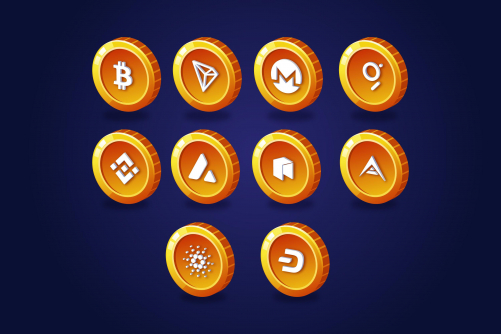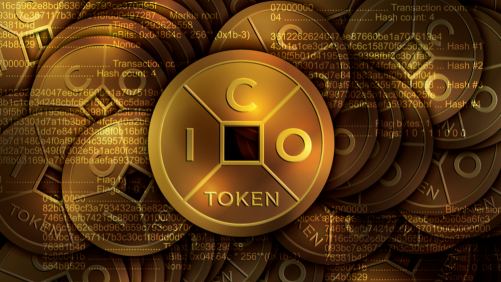3 minutes to distinguish Coin and Token
Aug 30, 2022
Cryptocurrency is a fairly general term for the units of currency used in the crypto market, including coins and tokens. However, coins and tokens are two different cryptocurrencies. This article will help you distinguish the difference.
What are Coins?
To put it simply, coins are digital currencies are derived from their own blockchain.

Bitcoin (BTC), Monero (XMR), and Ether (ETH) are all examples of cryptocurrency “money”. The common feature of these coins is that they all exist on their own independent ledgers: BTC works on the original Bitcoin blockchain, ETH is used in the Ethereum blockchain, XMR exists on the Monero blockchain, and so on. All of them can also be sent, received, or mined.
As the name suggests, coins tend to have the same features as money: They are fungible, divisible, portable, and in limited supply. As a result, cryptocurrencies are typically used just like physical cash: to pay for things (although retail adoption is slow). However, there are exceptions: while Ether has all the properties of a coin, it is more functional than ordinary “money”, because it is used in the Ethereum blockchain to facilitate transactions.
It is also necessary to mention ‘Altcoin’, which refers to all types of coins that replace the original cryptocurrency. Many altcoins are a divergence of Bitcoin and are developed using Bitcoin’s open-source protocol — such as Litecoin (LTC) and Dogecoin (DOGE) — but the aforementioned ETH and XMR are also referred to as altcoins, despite being built on brand new blockchains, simply because they are not Bitcoin
What are tokens?
Tokens are digital assets that can be used within the ecosystem of a given project.
The fundamental difference between a token and a coin is that tokens need a different blockchain platform to function. Ethereum is the most popular platform for creating tokens, mainly due to the nature of smart contracts. Tokens created on the Ethereum blockchain are often referred to as ERC-20 tokens. One of the prime examples of ERC-20 tokens is the industry’s most popular stablecoin – Tether (USDT). Of course, there are other platforms for tokens, like NEO or Waves.
The purpose of tokens is also different from that of coins, although they can also be used as a means of payment (so-called “currency tokens”).

Many tokens are created for use in decentralized applications (DApps) and their networks. However, they are called “utility tokens”. Their main purpose is to grant holders access to the functionality of the project – as with the Basic Attention Token (BAT). BAT is an ERC-20 token (meaning its blockchain platform is Ethereum) created to enhance digital advertising. Advertisers purchase ads with BAT tokens, which are then distributed between both publishers and browser users as compensation for both hosting the ads and viewing them, respectively.
There are also security tokens, which essentially represent one’s investment in a project. While they get value from the startup company behind the project, they don’t give actual ownership to the owners of that startup. People buy these tokens just with the idea that their value will increase in the future – which is what the whole initial coin offering (ICO) boom happened. But unfortunately, all buyers actually bought security tokens disguised as utility tokens. Normally, securities are subject to strict regulatory scrutiny and have a thorough Know Your Customer (KYC) policy, which is not true of the ICO market.